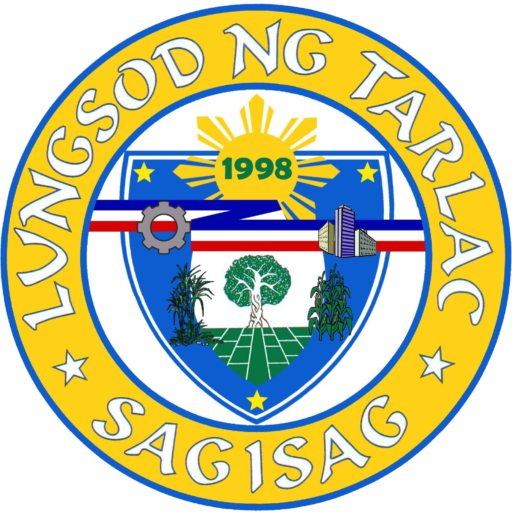
BARANGAY BALINGCANAWAY HISTORY
Barangay Balingcanaway is also part of the East District Division of Barangays in Tarlac City. It bounded by Barangay Villa Bacolor on the North, Barangay Cut-Cut 2ndon the Southwest, Barangay Amucao on the North and Barangay San Manuel on the West.
It is approximately 11.1 kilometers away from city proper. It has a total land area of 400.68 hectares. Agricultural land area has a land area of 383.0 and the remaining 17.68 hectares designates to a residential area.
It also divided into 7 Blocks namely Block 1, Block 2, and Block 3 to Block 7.
Barangay Balingcanaway classified as Rural Barangay, it has a total population of five thousand one hundred eighty one (5,181) as of 2005, and a household population of nine hundred seventy six (976).
Barangay Balingcanaway is also an agricultural barangay. Approximately 80% of the total populace here were farmers. Farming is one of their major sources of livelihood. They cultivate palay, vegetables, corn and sugarcane. Other residents were employees, laborers, construction workers, drivers, painters and so on. Some of the residents here were have their own business stall such as sari-sari stores, pedicab builders, sidecar builders, and so on. Other business firms situated here are mini-cono, talipapa etc.
Balingcanaway, one of the Tarlac City’s 76 Barangays, said to have derived its name from the Ilocano word “Cannaway” meaning “bird” small wonder why. Up until now, many parts of the villages 1057 hectares of mostly agricultural land continue to play host to regular visiting white migratory birds known locally as “Tagak” (Cranes).
The birds have learned to love stopping by the little villages of Balingcanaway for food and rest but never for breeding the regularly descend on the farms and swamps before the start of the planting season, from May-August. Three of the bird’s favorite places called “Danak” “Bana” and “Landing” landing strip for Japanese warplanes during World War II. People believe the birds are Japanese Cranes migrating from their breeding grounds in Japan whenever it is rainy season in that country. However, they keep returning to their place of origin and the refuse to settle anywhere else. One reason why Balingcanaway is favorite habitation of the visiting Cranes is that in here they do not neither captured nor killed. It is a sight to behold them in groups. Drinking and feeding, with there white bodies and their long necks and legs. The villages age are old but untold the romance of the travelling Cranes will hopefully become a well-known part of the history and culture of the City. With the effort of the Barangay Officials to make the bird’s annual trips to this villages a tourist attractions an initial effort, a marker was put up at the villages entrance to call attention to the Barangay as a heaven for journeying Flocks of “Tagak”.
The Tacusalme, Tuiza, Tanda, Dayao, and Lumibao Family were the first settlers of this Barangay.
Fifty percent of the total populations are Pampango, and the rest are Tagalog, Bisaya, Pangasinense, and Ilocano.
Barangay Balingcanaway celebrates their feast day every April 05 as a thanksgiving to their patron Saint Francis of Assissi. Saint Francis of Assisi (September 26, 1181 – October 3, 1226) was a Roman Catholic friar and the founder of the Order of Friars Minor, more commonly known as the Franciscans. He is known as the patron saint of animals, birds, and the environment, and it is customary for Catholic churches to hold ceremonies honoring animals around his feast day of October 4.

